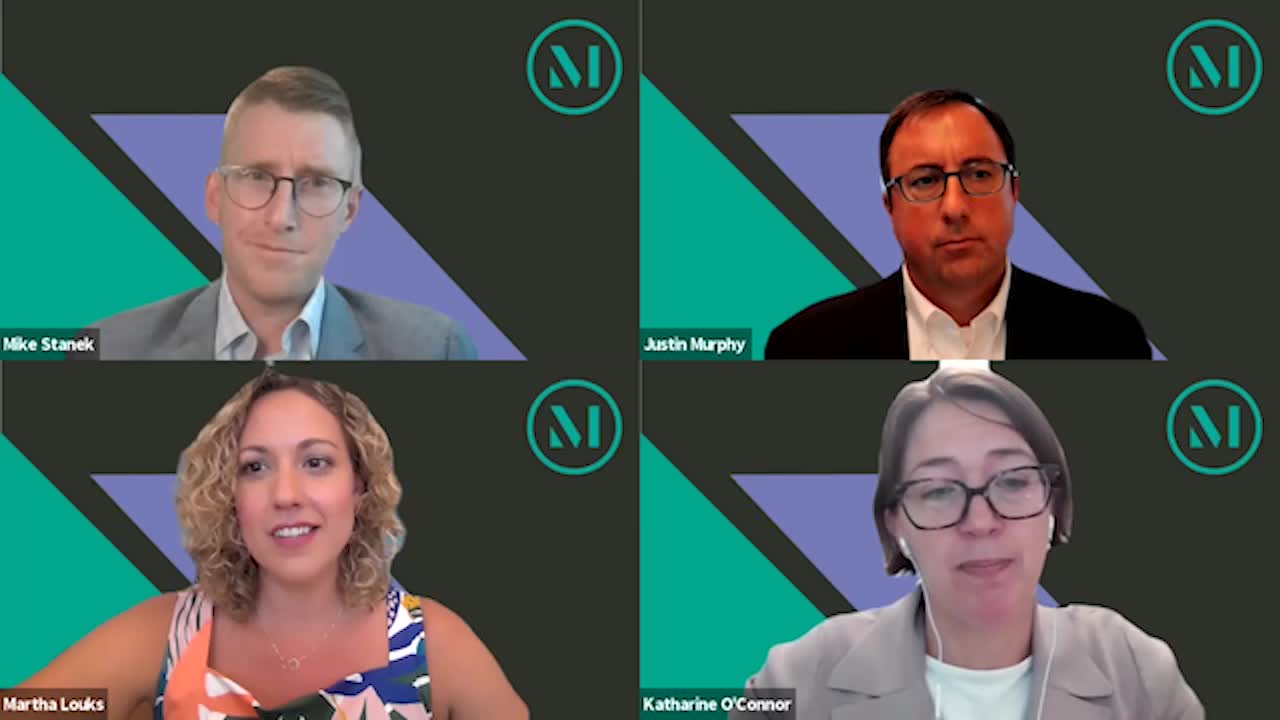Overview

The US Department of Justice (DOJ) now has more ammunition and resources than ever to use data analytics in their investigations. The convergence of better technology, increasingly usable data sets, and the ripe combination of timing allows federal agencies to think proactively of more efficient, cost-effective ways to advance investigations. The efforts around the Paycheck Protection Program (PPP) fraud prosecutions are a recent and successful example of the DOJ’s effective use of data analytics.
This new normal results in the government using analytics to allocate investigative resources thoughtfully in the areas that – based on sourced data – the agencies believe are more likely to bear fruit than others. This means if corporate compliance programs are not identifying suspicious patterns internally, the government may identify them instead. In its compliance guidance, the DOJ also made clear that it expects companies to use data analytics – the same way it does – to enhance compliance efforts. The question has now become: How can your organization monitor its vast quantities of data and simultaneously mitigate risk before the government launches an investigation into your key components or your industry?
McDermott uses artificial intelligence (AI)-driven tools to help manage the murky waters of collected data. In this 60-minute program, our multidisciplinary team of professionals has a candid Q&A around leveraging our unique AI solutions to remain a step ahead of the DOJ.
Our panelists include a member of McDermott’s Strategic Solutions team, who discusses how our practical and cost-effective uses of AI, combined with smart lawyering, can help clients monitor and analyze data. The panel also features members of McDermott’s White-Collar and Antitrust teams, including a former trial lawyer for the DOJ’s antitrust division with first-hand experience using the DOJ’s sophisticated data analytics platform in investigations. This program will help companies understand how to deploy smart technology to address the important steps they should take to evaluate their current programs, including:
• Assessing whether your current program is accurately and comprehensively detecting potential violations
• Pressure testing your organization’s vulnerability to identify risks by conducting an audit of attitudes and sensitivity, including the review of internal documents and collaboration tools
• Engaging your compliance and legal departments to execute individualized assessments, identify substantive risks, and generate recommendations